Sight Words for First Grade: Tips and Activities for Children
You may have heard of sight words if you have a first-grader. What are they, though, and why are they significant for young students? This post will describe what sight words are for the first grade, why they are important, and how you may teach your child new words through engaging activities.
What are first grade sight words?
First-graders should be able to recognize sight words without having to sound them out because they are frequently used terms. Knowing these words by sight can significantly increase a child’s reading fluency and comprehension because they are typically short and straightforward terms that crop up regularly in books, sentences, and conversations.
First-grade sight words include words like: a, and, the, is, of in, to, it, you, that was, for, on, are, as with, his, they, I, at be, this, have, from, or by, one, had, not, but we, what, all, your, can said, there, she, her, out an, up, do, if, their my, some, them, so, him.
Depending on the curriculum or teacher, these terms may vary significantly, but they often encompass 100 to 200 words in total.
Why are first grade sight words important?
Learning first grade sight words is a crucial step towards becoming a fluent reader and a successful student. Here are some reasons why:
- Reading speed: When a child knows sight words, they don’t have to spend time decoding them, which can slow down their reading pace and make it harder to understand the overall meaning. By recognizing sight words automatically, a child can read more smoothly and quickly, allowing them to enjoy reading and complete assignments faster.
- Vocabulary: Many sight words are also high-frequency words, meaning that they are used frequently in written and spoken language. By learning sight words, a child can expand their vocabulary and recognize common word patterns, which can help them decode new words and understand more complex sentences.
- Confidence: Sight words are usually introduced early in first grade, which means that a child who can read them well may feel more confident and motivated to continue learning. As they encounter more challenging texts, they can rely on their sight word knowledge as a solid foundation for tackling new words and concepts.
How to teach first grade sight words?
Learning first-grade sight words is essential for developing reading fluency and academic achievement. Here are a few explanations:
Reading rate
A child doesn’t have to spend time decoding when they are familiar with sight words.
Reading speed
When a youngster is familiar with sight words, they can read more quickly and comprehend the text’s general meaning more easily since they don’t have to spend time decoding unfamiliar terms. A youngster can read more fluently and rapidly by naturally recognising sight words, which enables them to enjoy reading and finish tasks more quickly.
Vocabulary
A lot of sight words are high-frequency words, which are terms that are regularly used in both spoken and written language. A youngster can increase their vocabulary and develop an understanding of common word patterns by acquiring sight words. This will enable them to decode new words and comprehend longer, more complicated phrases.
Confidence
Since sight words are typically introduced in the first grade, a youngster who can read them proficiently may feel more confident and inspired to study more. They can use their understanding of sight words as a strong basis for addressing new words and concepts as they come across texts that are more difficult.
How are sight words taught in the first grade?
You might be unsure about how to teach your child first grade sight words now that you are aware of their advantages. Additionally, reading comprehension skills are impacted. You can try the following advice and exercises at home or in the classroom:
First, use the most typical words.
It’s ideal to start teaching sight words with the terms that pop up the most in texts, such as the, “and,” “is,” “of,” and “in.” These words frequently have straightforward spellings and meanings, making them the simplest to understand and remember.
Employ multimodal methods
Given that every child learns differently, it’s crucial to provide a range of opportunities for sight word practise. We do this by making homeschooling enjoyable. You can, for instance:
- Have your youngster repeat the word after you say it out loud.
- Have your youngster trace the word in big letters with their finger or a pen after you write it in big letters on paper or a whiteboard.
- Use letter tiles, magnets, or other tools to spell the word.
- Have your youngster circle or highlight the term when they find it in a book or list.
- Chant or sing the word in accord with a catchy beat or rhythm.
- You may assist your child in making connections between the spelling, pronunciation, and meaning of sight words by using a variety of senses.
Exercise in context
While practising alone might be beneficial, it’s also crucial to use sight words in meaningful circumstances. Additionally, it aids STEM education You can, for instance:
- Encourage your youngster to locate sight words by reading books or stories that contain them.
- Use sight words to create short sentences or paragraphs that you can either read aloud to your child or have them create on their own.
- Play sight-word games like Bingo, Memory, or Go Fish.
- Saying things like “I see a dog” or “We go to the park” with sight words will help your child learn them.
- You can assist your youngster in comprehending the function and value of sight words by demonstrating how they are utilised in everyday contexts.
Consistently review
It takes time and repetition to learn sight words, therefore it’s crucial to review them frequently. One can:
- Make word lists or flashcards and practise them daily or occasionally each week.
- Use digital applications or websites that provide games and exercises for sight words.
- Test your child on sight words while driving, walking, or eating.
- Celebrate successes and landmarks, like finishing a book with friends.
- You can encourage and involve your child by including sight words into their routine and praising their accomplishments.
Download printable first grade sight words
Kindly Allow Pop ups to let the Download Begin!
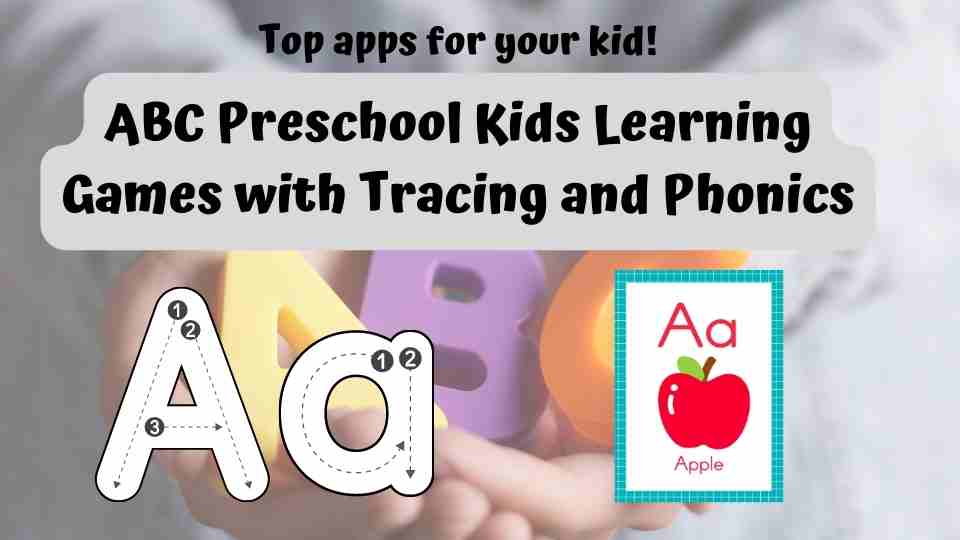
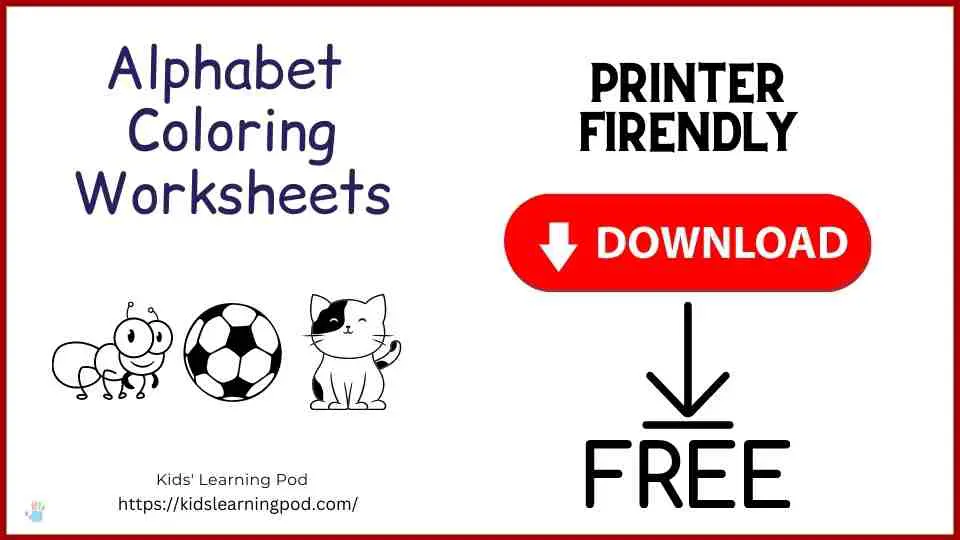
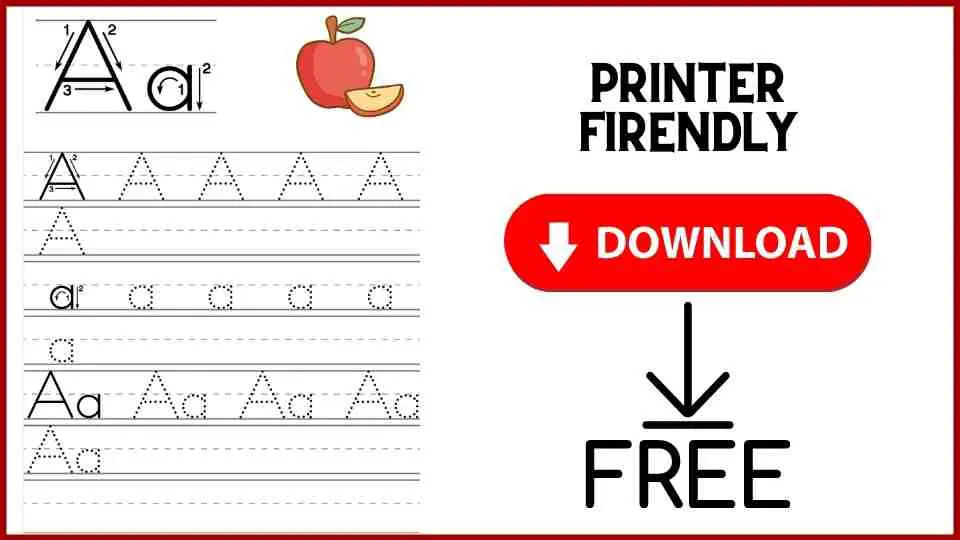
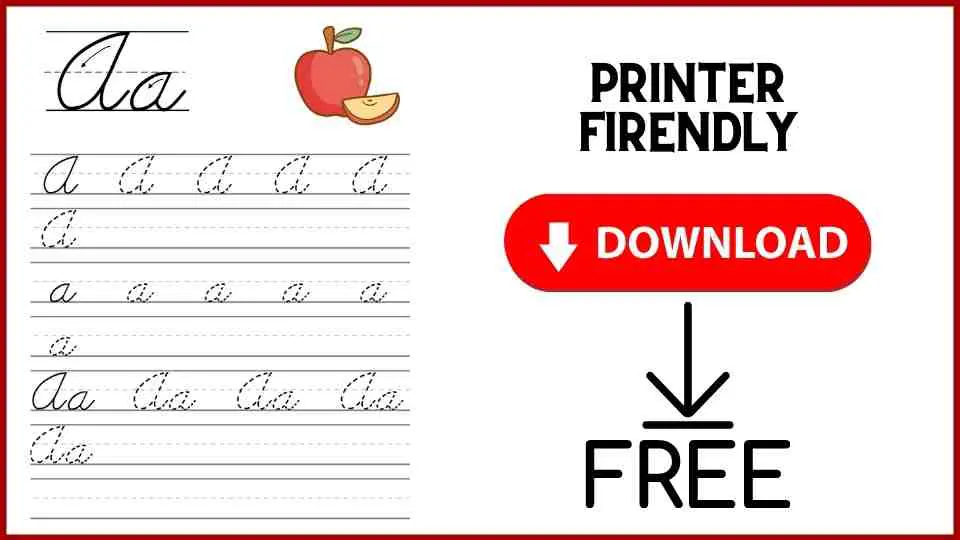
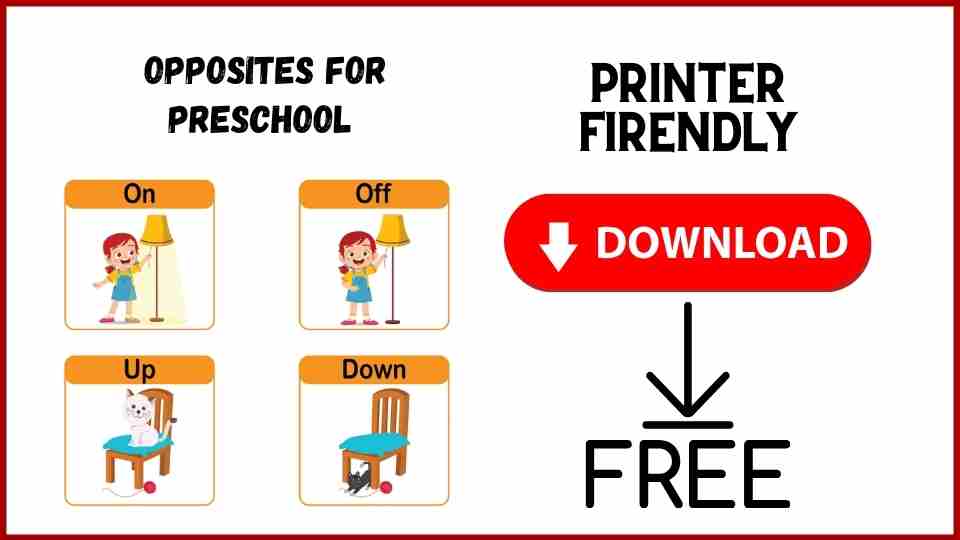
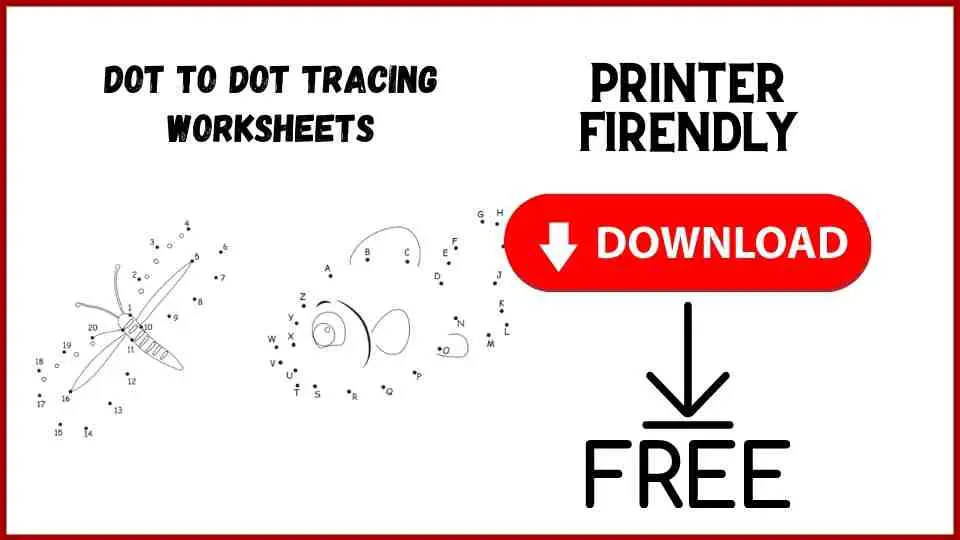
Pingback: 1st Grade Sight Words (Learn some Now!) - Kids Learning Pod: